How to use oil paints: 5 tips to get you started
Experiment with these beginner-friendly techniques
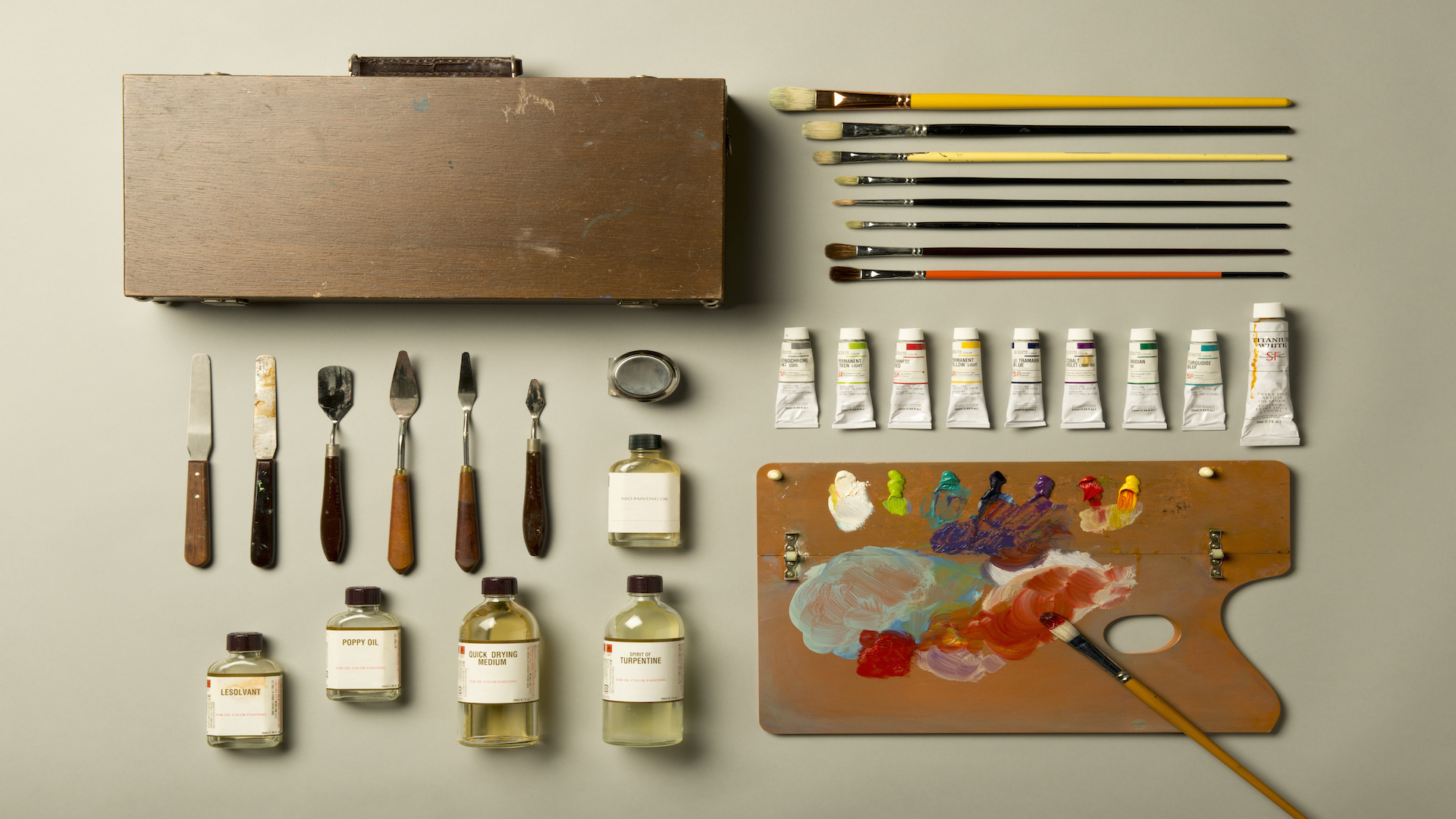
Oil paint is wonderfully versatile. It can be applied in thick, expressive impastos, or thinned down and used almost like watercolours. It can be brushed or scrubbed, knifed on or scratched out, applied in washes or painted in patches.
There are what seems like an endless variety of mediums and additives you can work with to create different effects. However, you can use oils without adding a medium. Most of my work is done with paint direct from the tube. Some mediums are added to shorten or lengthen drying times; others change the characteristics of the paint.
Paint out of the tube is often called stiff or short, and will retain your brush stroke – especially with coarser oil paint brushes. If you add fluid medium, such as linseed oil or turpentine, it becomes what’s known as long. It won’t retain the peaks of the brush strokes, but will level out for a more smooth result.
Paintings are generally more interesting when you use a variety of techniques when it comes to applying paint. It’s another form of contrast that provides variety and complexity in the medium, and it’ll add dimension to your final work. To get you started, learn how to set up your oil paint palette, and find out the techniques that'll help you create glowing colours in your artwork.
01. Use different brush effects
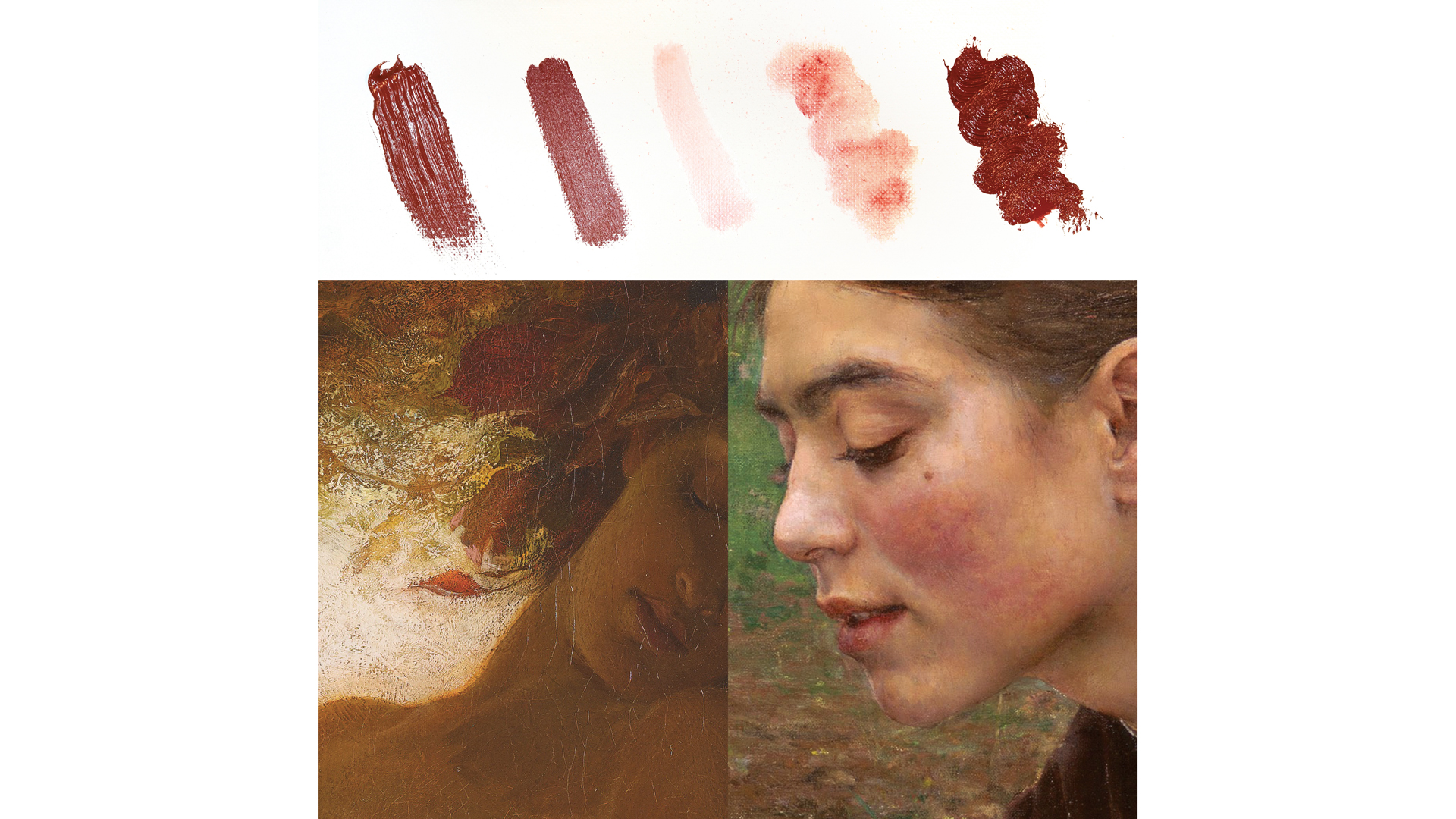
Depending on what type of brush you use and how hard you press, oil paint can look very different from one stroke to the next. In addition, adding thinner or medium to the paint, as well as changing the angle of the brush, will alter the texture and impact of the mark.
02. Use palette knives
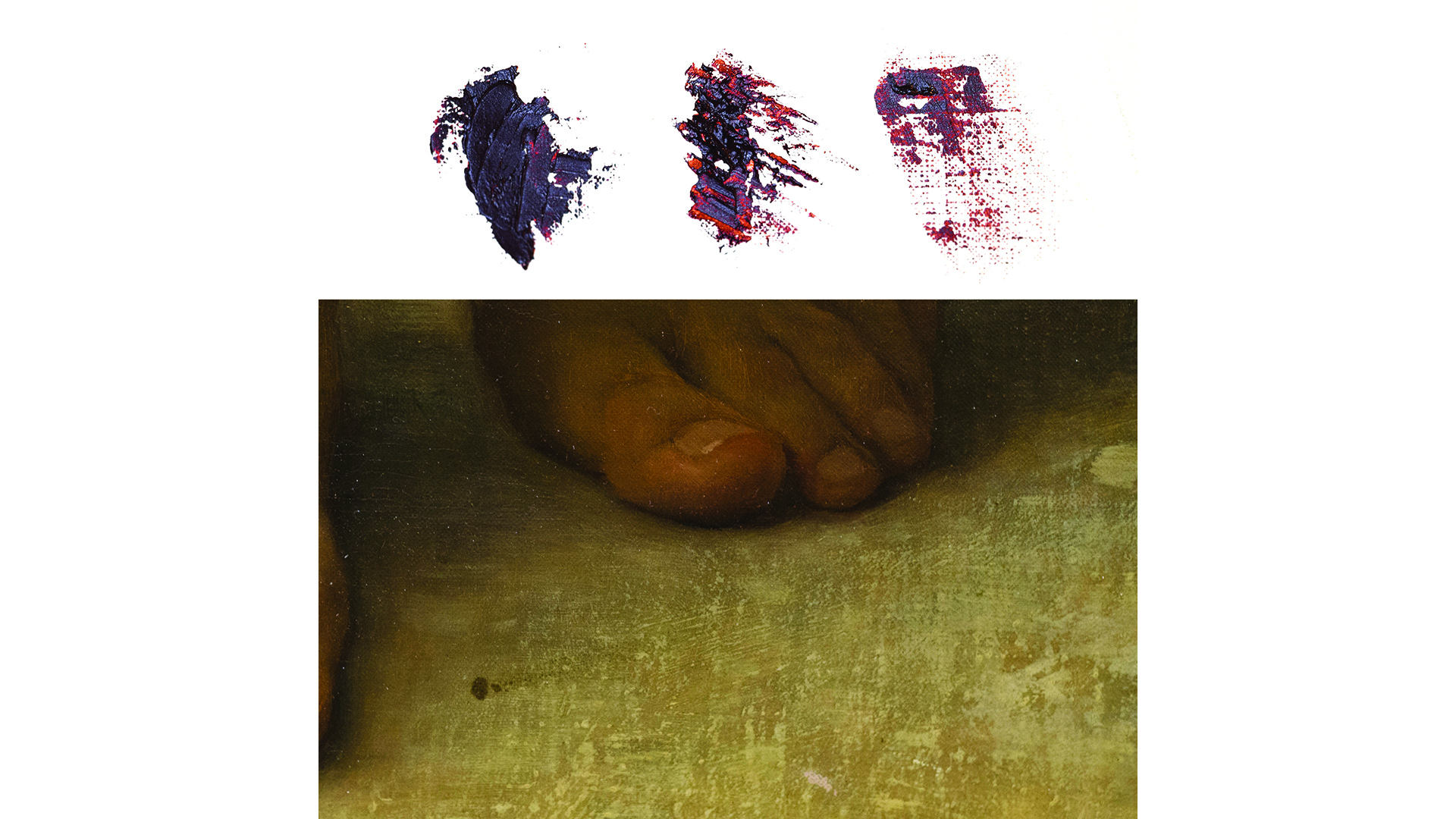
Palette knives aren’t just for mixing paint. In fact, you’ll see some knives marketed as ‘painting knives’. Really, just use whatever gets the job done. I’ve used large, plastic putty trowels for creating rocky textures in some larger paintings.
03. Scrape the paint
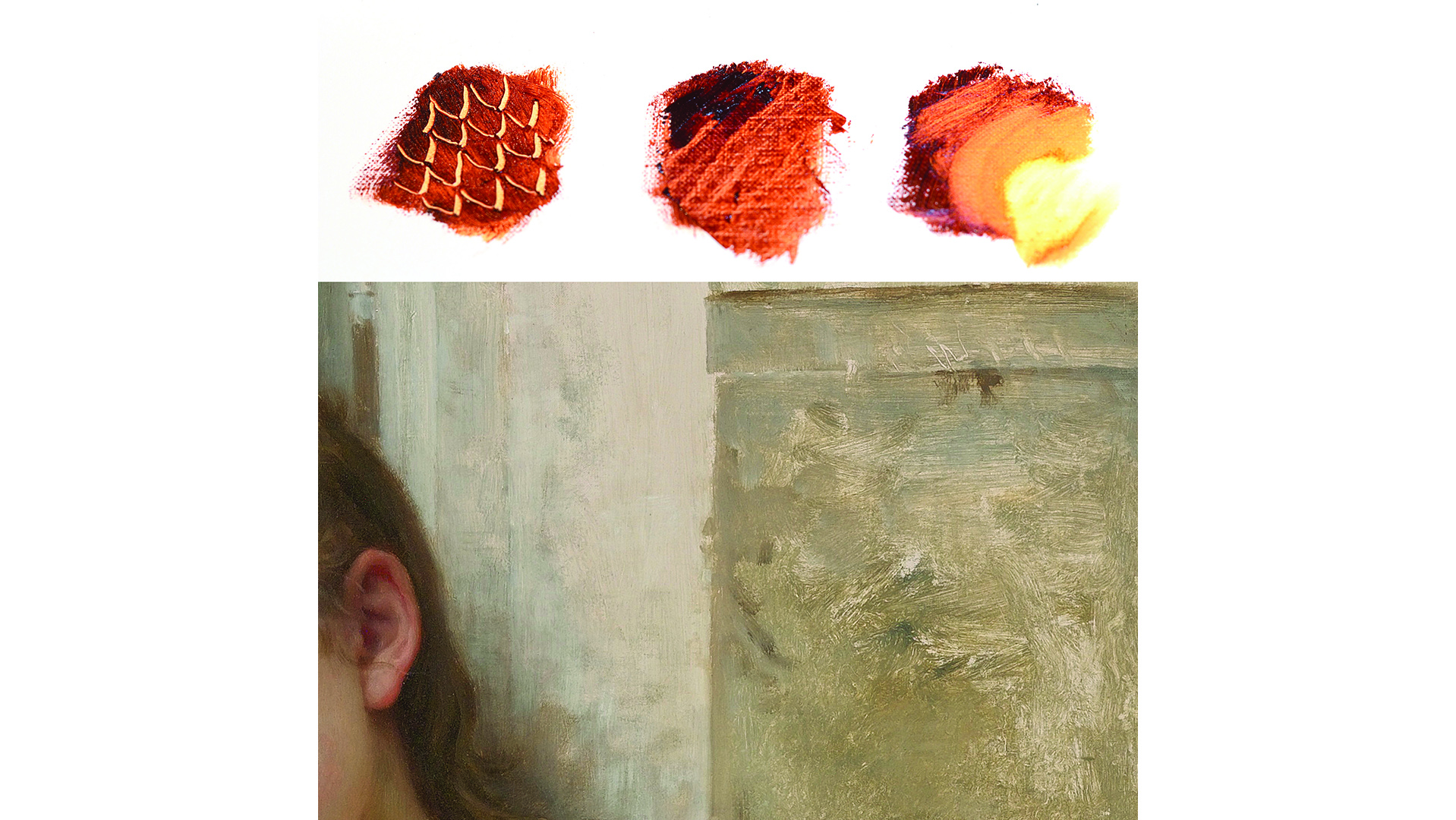
Removing paint can sometimes be as effective as adding paint. I've used cotton swabs, old brushes with dry paint in them, rags, knives and toothpicks to remove paint for effect. There are also rubber-tipped scrapers sold in art stores that work well to this end. Have no fear, take the time to see what your paint can do without having any expectations in mind.
04. Explore Different Mediums
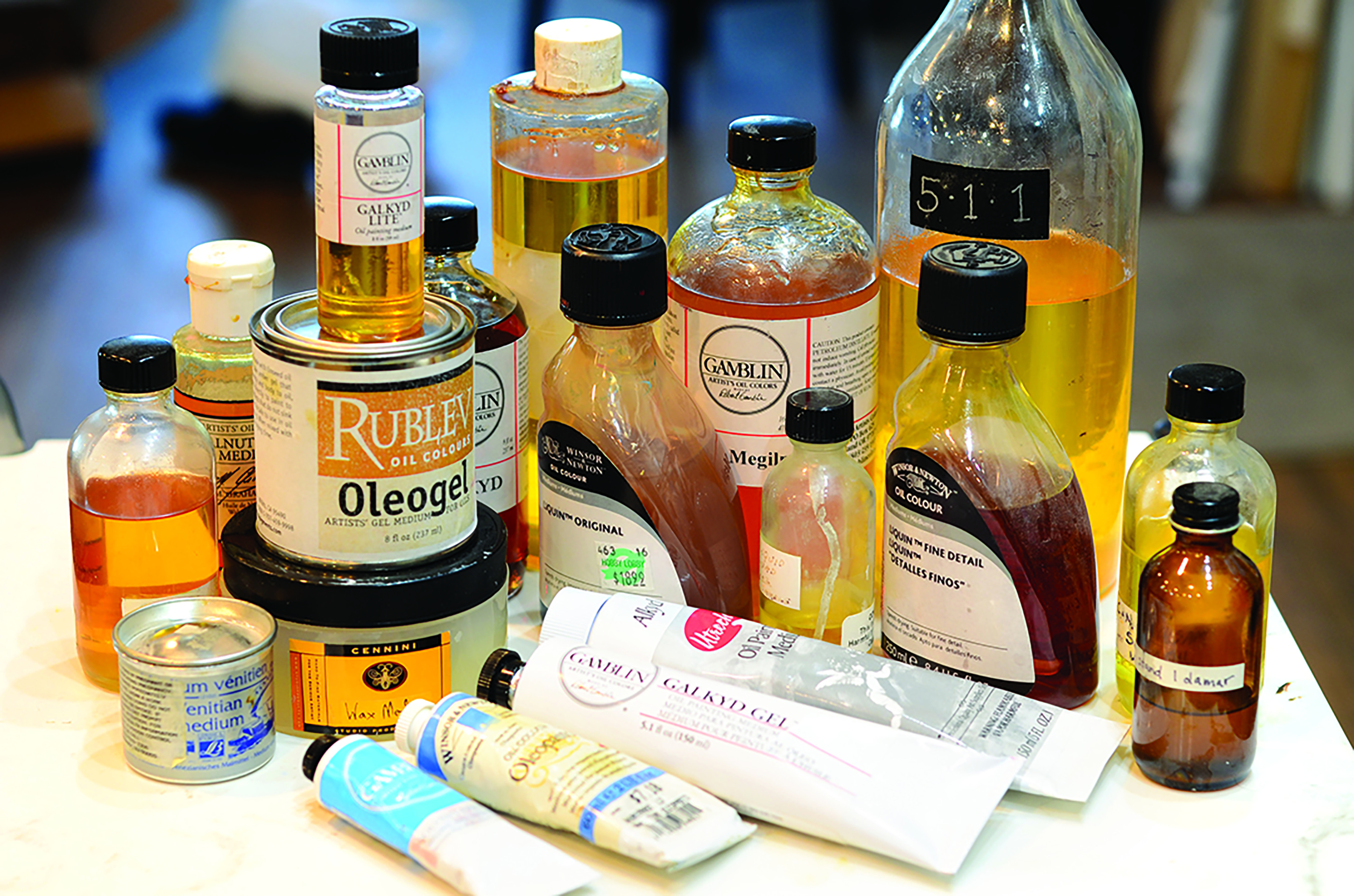
Don't become overwhelmed by the variety of mediums out there. Enjoy the different effects you can achieve, but don't be afraid to keep things simple
or simply to experiment. Oils are at their best when they’re allowed to be paint. Don’t work too hard to remove brush strokes and texture. Let the paint be a record of your actions on the canvas.
05. Don't be afraid to get creative

Don't feel limited to just the tools you find in the art store. In the past I've used tinfoil, plastic wrap, toothbrushes, my breath to blow paint around, fingers and other miscellaneous tools. Norman Rockwell used anything around at the time, including sand, fur and straw to add texture.
This article originally appeared in Paint & Draw: Oils bookazine. Buy the bookazine from Magazines Direct.
Get the Creative Bloq Newsletter
Daily design news, reviews, how-tos and more, as picked by the editors.

Thank you for reading 5 articles this month* Join now for unlimited access
Enjoy your first month for just £1 / $1 / €1
*Read 5 free articles per month without a subscription

Join now for unlimited access
Try first month for just £1 / $1 / €1
